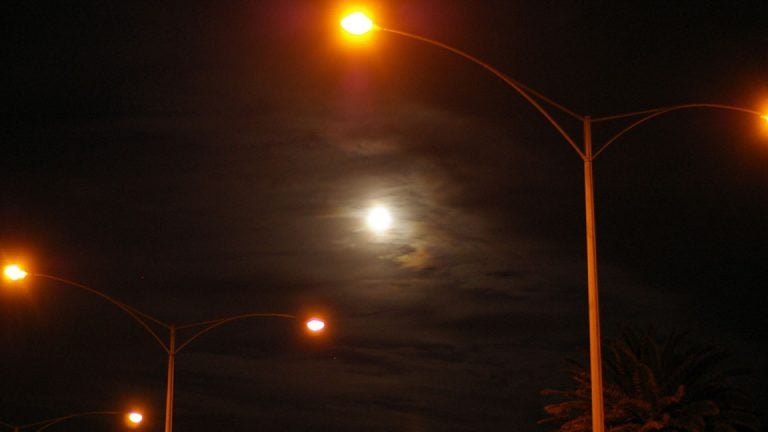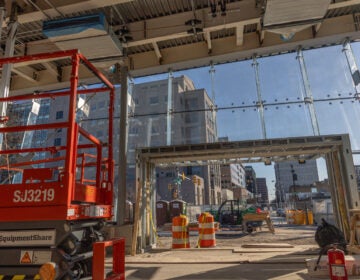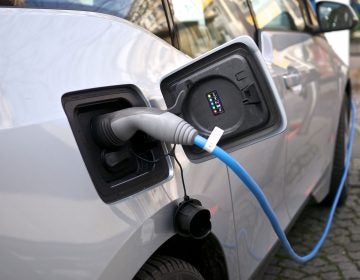Making the case for replacing N.J.’s municipal streetlights with LED lighting
Local officials, utilities among those urging BPU to adopt the lighting, which is supposed to reduce energy costs, greenhouse gas emissions.

LED lighting can save municipalities up to 30% percent on their street lighting costs. (Flickr/CC BY-SA 4.0)
This article originally appeared on NJ Spotlight.
–
What’s not to like about LED lights? Hardly anything, according to local officials, utility executives, and industry folks who urged the state yesterday to step up efforts to convert municipal streetlights to the more efficient bulbs.
In a hearing at Thomas Edison State University, the staff of the New Jersey Board of Public Utilities heard virtually unanimous support for adopting LED lighting — short for low-emitting diode — across the state, and doing it sooner, rather than later.
The lighting can save municipalities up to 30% on their street lighting costs, reduce operation and maintenance costs, and reduce greenhouse gas emissions, a top priority of the Murphy administration.
New Jersey is lagging far behind other states in moving to the more efficient lighting system, ranking 30th in the U.S. in implementing LED bulbs in street lighting, according to the American Council for an Energy-Efficient Economy, says Cindy Malinchak, who works for Signify, a producer of LED lighting.
For Oakland Councilman John Biale, neither the state nor its electric utilities are moving fast enough to replace the older, more expensive and less efficient street lighting of the past.
The Bergen County town’s utility, Rockland Electric, is replacing 2% of its traditional street lighting with LED bulbs every year.
In the past four years, the utility has installed 72 LED lighting in 776 of its streetlights. By this pace, it will take 50 years to replace all of the old lights, Biale said. “I’d like to get this over in 10 years,’’ he said.
In Oakland, street lighting costs the municipality about $180,000 a year. If LED lighting were installed, usage costs could drop by approximately 30%, he said.
Broad municipal support
Other municipal officials also endorsed switching to LED lighting, saying it could help reduce crime in urban areas, as well as reducing energy costs for towns, particularly if the new bulbs also include controls to allow communities to brighten and dim lighting as appropriate. (In the event of police emergencies, brighter lights could help authorities more easily investigate the situation.)
Since LED lighting lasts between 15 to 20 years, it will reduce maintenance costs, saving communities money, according to Marisa Slaten, speaking for Atlantic City Electric, a subsidiary of Pepco Holdings.
Echoing a call suggested by local officials, Thomas Churchelow, president of the New Jersey Utilities Association, argued the electric utilities ought to be able to customize programs for each municipality in their territory to convert street lighting into LED, an approach that municipalities also advocate.
BPU officials did not suggest clearly what the next step of the process would be, but it is likely they will put forth a draft proposal in the next few months, a step that could lead to regulatory proposals by the agency.
The state’s new Energy Master Plan recommends revision of street lighting tariffs as necessary to incentivize mass adoption of energy efficiency initiatives in the sector. It wants to look at the impacts on energy use, utility operations, and ratepayer cost.
The Legislature may also take up the issue. In the past, it has tried to enact laws that would accelerate conversion of existing street lighting to LED.
WHYY is your source for fact-based, in-depth journalism and information. As a nonprofit organization, we rely on financial support from readers like you. Please give today.




